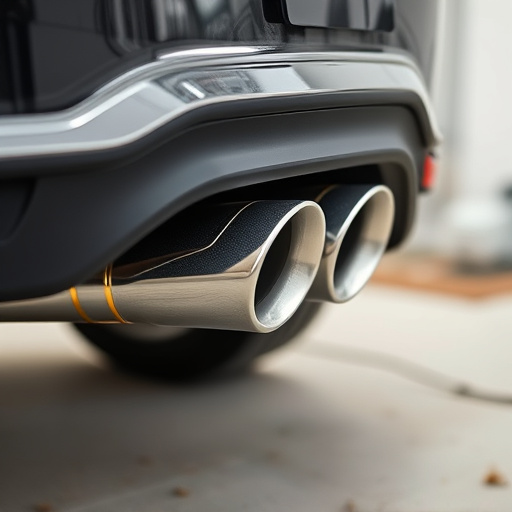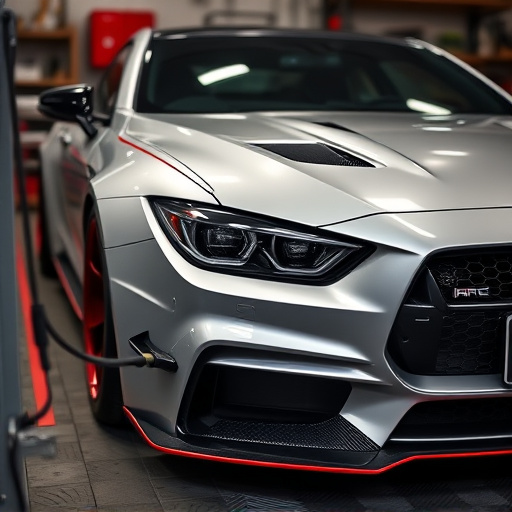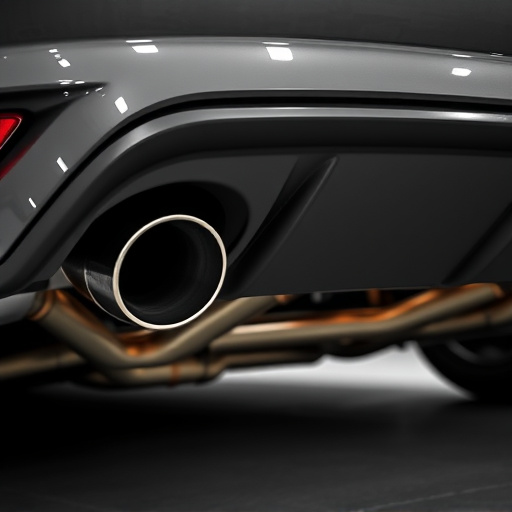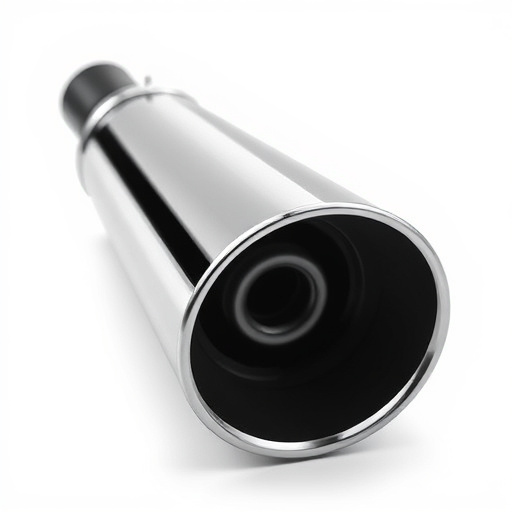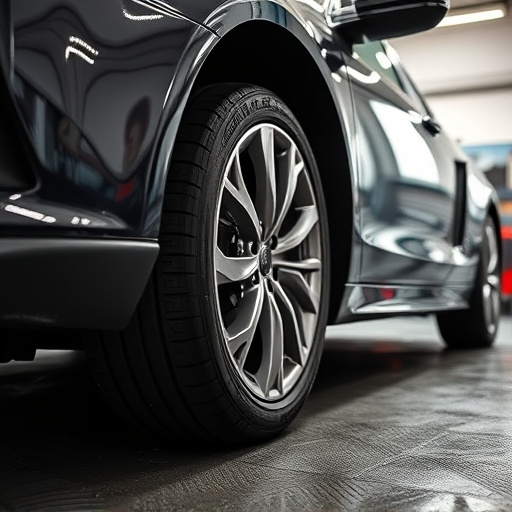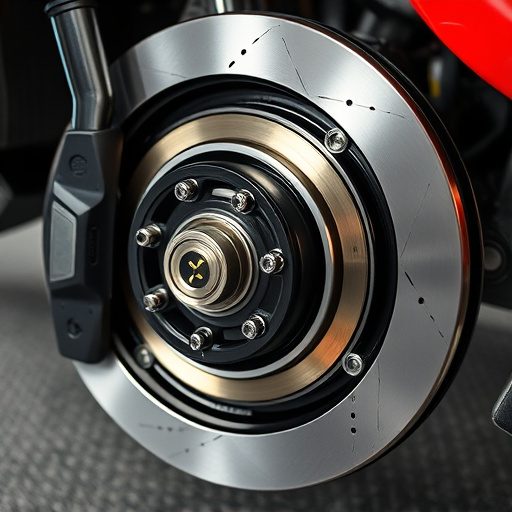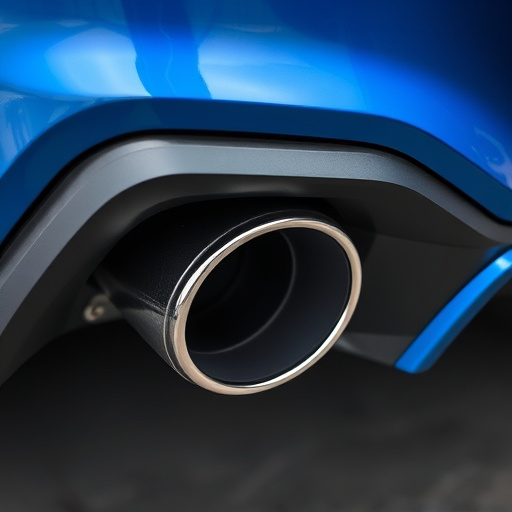An intercooler upgrade is a popular automotive modification for turbocharged/supercharged vehicles, improving performance by optimizing air cooling and intake air density. Key components include high-flow fans, improved core design, and integrated cold air intakes (CAI). Charge pipe integration, material selection, and compatibility with other systems are crucial. For optimal results, consider vehicle dynamics, use quality parts, and follow manufacturer guidelines during installation.
An intercooler upgrade is a popular performance enhancement for vehicles, aiming to optimize engine cooling and boost power. This article delves into the intricate relationship between intercooler upgrades and charge pipes, essential components in any high-performance system. We’ll explore how these modifications work together, focusing on design compatibility, installation best practices, and the significant performance gains achievable through this synergy. Understanding these interactions is key for enthusiasts seeking optimal engine efficiency.
- Understanding Intercooler Upgrades and Their Components
- Integrating Charge Pipes: Design and Compatibility Considerations
- Performance Impact and Best Practices for Installation
Understanding Intercooler Upgrades and Their Components
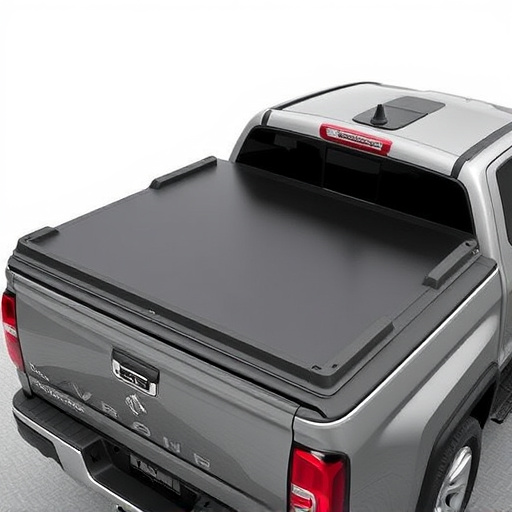
An intercooler upgrade is a popular modification among automotive enthusiasts aiming to enhance their vehicle’s performance. It involves replacing the standard intercooler with a more efficient and capable unit, designed to optimize air-cooling for the engine. This upgrade targets specific components within the engine bay to deliver cooler intake air, which can significantly boost power output and overall efficiency.
The key components of an intercooler upgrade include high-flow cooling fans, improved core design, and sometimes even integrated cold air intakes (CAI). These upgrades often work in conjunction with other performance enhancements, such as exhaust mufflers and suspension kits, to create a well-rounded tuning package. By ensuring optimal airflow and temperature regulation, these modifications can unlock hidden potential, making them a favorite among those seeking enhanced driving dynamics and improved engine response.
Integrating Charge Pipes: Design and Compatibility Considerations
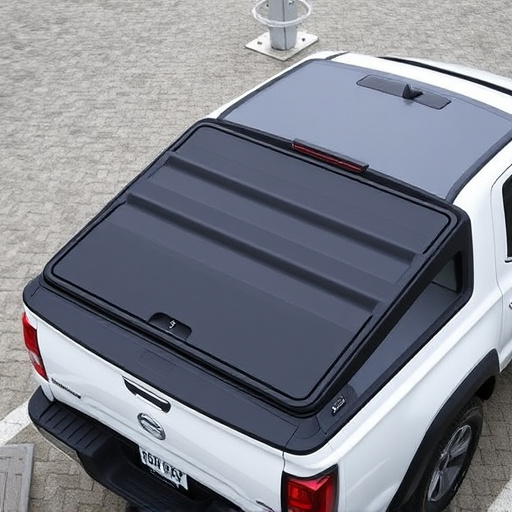
When integrating charge pipes as part of an intercooler upgrade, designers and enthusiasts must carefully consider compatibility and overall system design. Charge pipes play a crucial role in directing compressed air from the turbocharger to the intercooler, ensuring efficient cooling during high-performance operations. Therefore, their seamless integration is essential for optimal intercooler functionality.
Compatibility between charge pipes and the existing engine bay layout is key. This involves assessing the physical space available, ensuring proper clearance for both the pipes and any other components like exhaust tips or brake pads. Additionally, designers should evaluate the material used in the charge pipes to match the overall system’s performance goals, especially when coordinating with high-performance air intake systems. Such thoughtful integration guarantees that the intercooler upgrade functions seamlessly, enhancing engine cooling without compromising other critical components.
Performance Impact and Best Practices for Installation
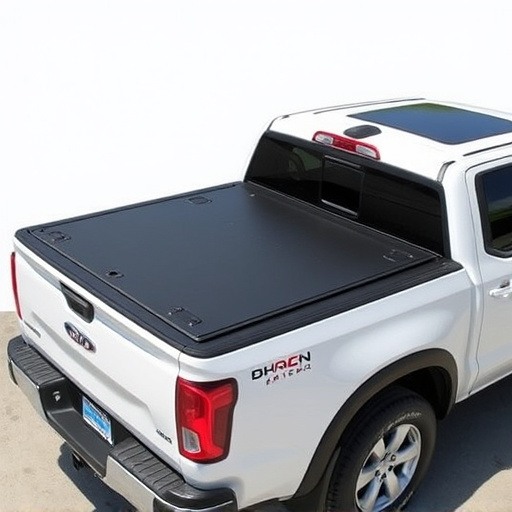
An intercooler upgrade is a significant modification that can dramatically impact the performance of your vehicle, especially when paired with enhanced air intake systems. By improving the cooling capacity, an upgraded intercooler ensures optimal air density, resulting in increased horsepower and torque. This enhancement is particularly beneficial for vehicles with turbocharged or supercharged engines, where efficient cooling is crucial to maintaining engine health and maximizing power output.
When installing an intercooler upgrade, it’s essential to consider the vehicle’s overall suspension components and brake rotors, as these systems may need to be adjusted to accommodate the changes. Best practices include ensuring proper fitment and alignment, using high-quality components, and following manufacturer guidelines. A meticulous installation process guarantees optimal performance and longevity of the upgraded intercooler, allowing your vehicle to harness its increased power effectively while maintaining stability and control during driving, especially under demanding conditions.
An intercooler upgrade is a powerful way to enhance engine performance, particularly in high-performance vehicles. By integrating new charge pipes, you can ensure optimal airflow and temperature regulation, leading to improved power output and efficiency. When undertaking such an upgrade, careful consideration of design compatibility and best installation practices is essential for achieving peak performance. Understanding these interactions allows car enthusiasts to make informed decisions, unlocking the full potential of their vehicles.





